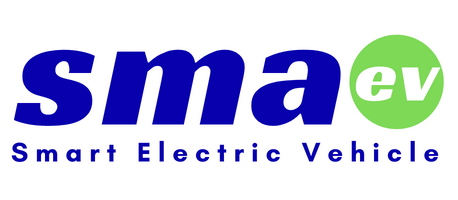Tier IV has made available through open-source the Scenario Test Framework for Autoware (*1) in order to contribute to the development and the implementation of autonomous driving technology. The framework has been developed to make the testing of scenarios with Autoware more efficient by supporting multiple scenario formats and integrating various sensor simulators with the Traffic Simulator which is included in the framework.
The Scenario Test Framework consists of the Traffic Simulator which defines the motion of the NPCs (*2) based on the HD Map (*3) and the information of surrounding objects, the Scenario Test Runner which sequentially executes the multiple test cases and outputs the result, the OpenSCENARIO Interpreter (*4) and the Scenario Executor which enables describing various traffic conditions.,
Integration with Autoware and the reference implementation of the LiDAR (*5) Sensor Simulator have been made open-source, and the GUI Scenario Editor which enables intuitive scenario editing on browsers has also been made available free of charge.
The entirety of the Scenario Test Framework has been implemented on ROS2, and an overview of how the various components are integrated is shown in the diagram below.
The output of the GUI Scenario Editor is the scenario in “Tier IV V2 format” (yaml file), the default scenario format of the Autoware Foundation (*6), and it is converted into OpenSCENARIO ver.1.0 standard in the Scenario Test Runner, then processed by the OpenSCENARIO Interpreter and the commands specific to the scenario are issued.

The combination of the Traffic Simulator and the Sensor Simulator disclosed in the reference implementation enable a simple and intuitive tool to confirm that the EGO vehicle can travel along the right path plan based on the assumption that the localization and the perception are working normally, and based on the conditions and behaviors of the NPCs which are described in the scenario.
The Traffic Simulator and the Sensor Simulator are synchronized through the interprocess communication which exchanges data binarized by the Protocol Buffers (*7) on ZeroMQ (*8) protocol. Implementing the interface with the program language which supports both ZeroMQ and Protocol Buffers enables easy integration with other simulators than those supported in the reference implementation.
By using the Scenario Test Framework, Autoware AD software stack developers can choose the most appropriate simulation program for each test case without being troubled by the development of the tool chain. The Sensor Simulator developer can concentrate on the core part development of this simulator, including the development of the sensor models with higher accuracy etc., without being bothered with the development or the maintenance of the non-essential tasks such as the integration with Autoware or HD Maps.

Tier IV believes that the open-source disclosure of this simulation framework will build the foundation for the Operational Design Domain (*9) oriented development in the Autoware community and will continue to improve and enhance the framework with the Autoware Foundation members.
Glossary
Autoware (*1)
Autoware is an open-source autonomous driving software based on Linux and ROS. (Autoware is a registered trademark of the Autoware Foundation.)
NPC (*2)
Non Player Character. Traffic player other than the autonomous driving vehicle in the scenario test.
HD Map (*3)
High Definition Map. Autoware adopts Lanelet2 vector map and point cloud map as HD Maps.
OpenSCENARIO (*4)
A standard scenario format for autonomous driving and ADAS, formulated by ASAM (Association for Standardisation of Automation and Measuring Systems).
LiDAR(Light Detection and Ranging)(*5)
A technology to detect objects and measure distances by using electromagnetic waves. In autonomous driving systems, it serves the same function as human vision and helps the system understand the shape and characteristics of the target object.
The Autoware Foundation (*6)
An international non-profit organization which aims to set the industry standard for autonomous driving. The Autoware Foundation supports open-source projects which enable autonomous driving mobility.
Protocol Buffers (*7)
A binary data format defined by Google. Various programming languages including C++, C#, and Python can read / write in this common binary format.
ZeroMQ (*8)
ZeroMQ is a high performance asynchronous communication protocol, implemented in various programming languages including C++, C#, and Python. ZeroMQ is the registered trademark of iMatix.
Operational Design Domain (ODD) (*9)
Operational Design Domain, the environmental conditions which serve as the premise on which an autonomous driving system operates and used for the development and design of the system. As the applicable conditions (road, geographic, environmental, etc.) differ, by defining the appropriate ODD and limiting the driving environment and operations accordingly, the risk of accidents of the autonomous driving system is lowered.
Source: Tier IV, https://tier4.jp/en/media/news/autoware-oss-framework/






